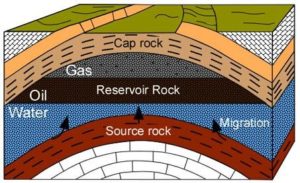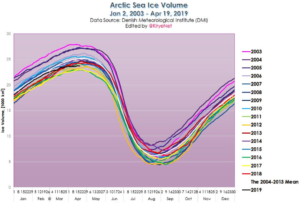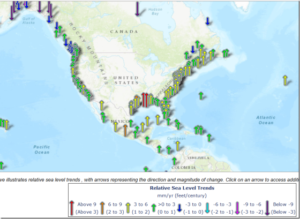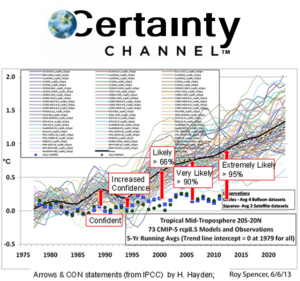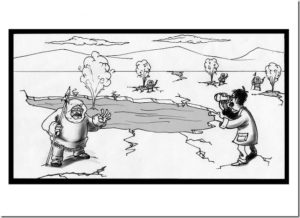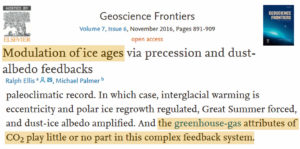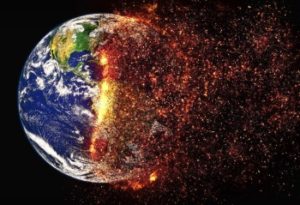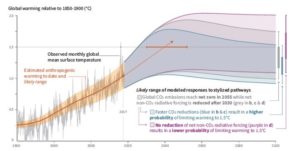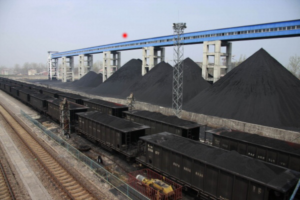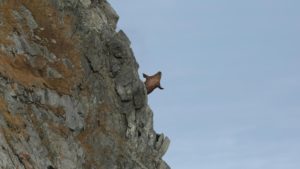by David Middleton, April 16, 2019 in WUWT
In part one of this series, we looked at Peak Oil and its irrelevance to energy production. In Part Deux, we will look at “abiotic oil,” a real(ish) thing that really doesn’t matter outside of academic discussions and SyFy blogs.
A note on terminology
Some refer to this as “abiogenic oil.” This is not a useful term because all oil is abiogenic. The generally accepted theory of petroleum formation doesn’t state that it is a biogenic process. I discussed this in detail in a 2017 post. I don’t intend to restate it here.
In this post, “abiotic oil” refers to petroleum formed by processes that do not rely on biological source material. The carbon in “abiotic oil” must be inorganic.
A real example of abiotic “oil”
The Lost City Hydrothermal Field is located on the Mid-Atlantic Ridge, about 15 km (~9 mi) west of the spreading center, in water depths ranging from 750-900 m (~2,500-3,000′) (Kelley et al., 2005).
Figure 1. Lost City location map. (University of Washington)
…



